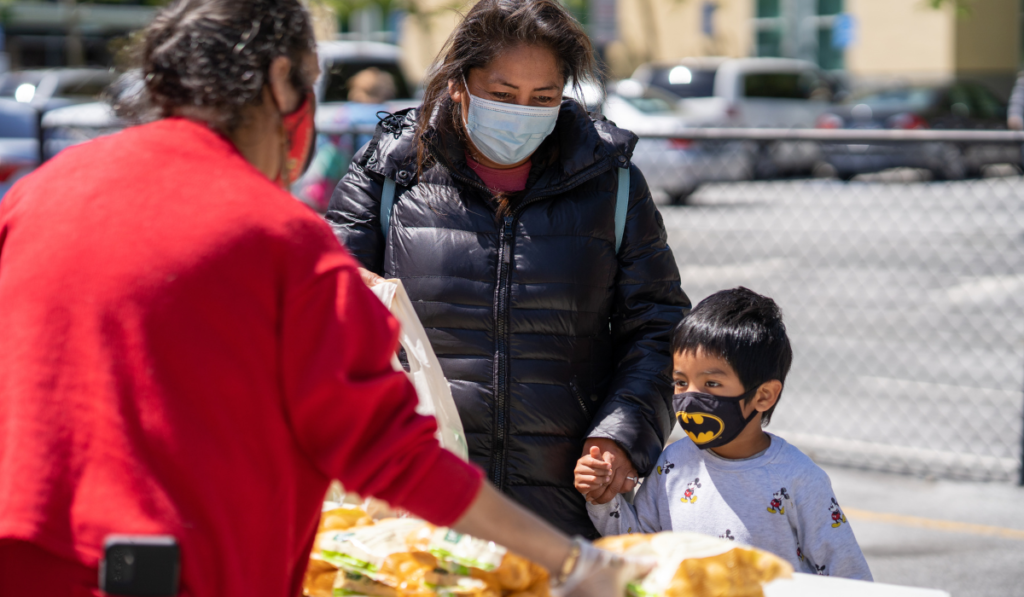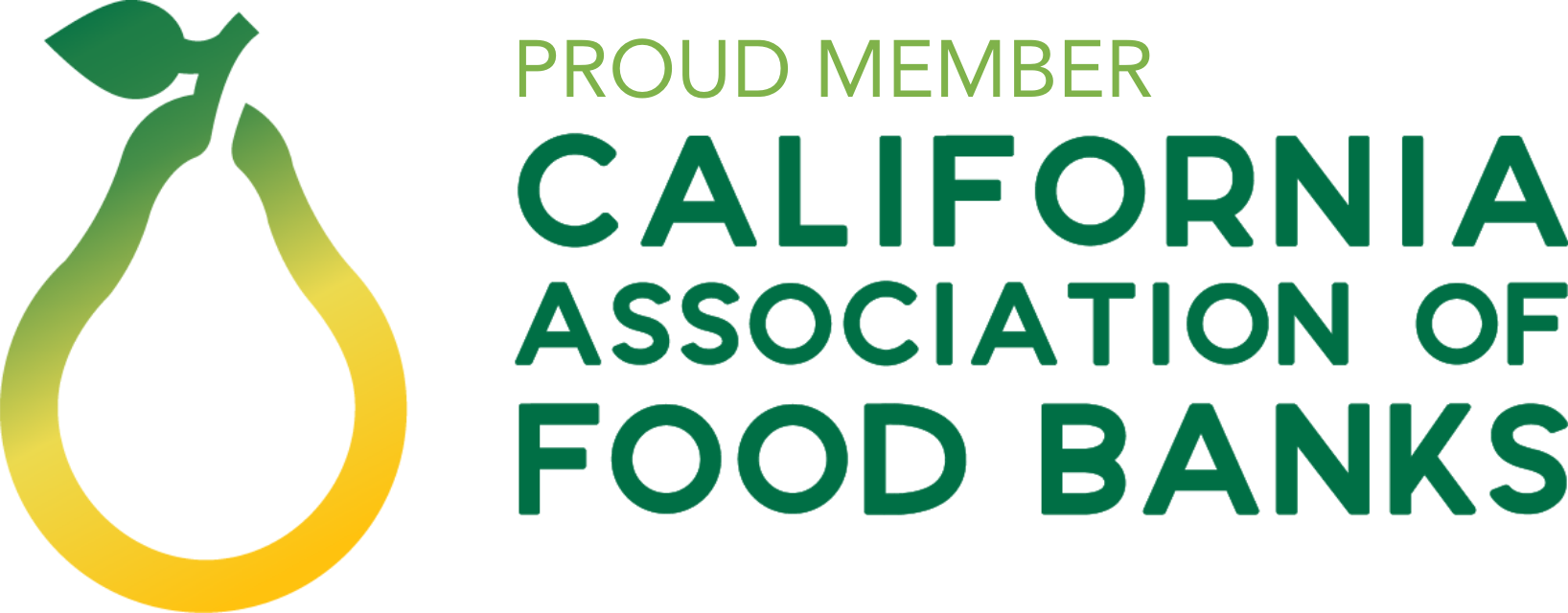Memories of childhood summers are strong for many of us: popsicles and sprinklers, barbecues and campouts.
But, for many children, the end of the school year also means there will be less to eat. Around the country, over 22 million children depend on school breakfast and lunch programs. In California, all public students are offered free breakfast and lunch each school day, which helps lighten the load on families who are food insecure and fills the bellies of hungry kids. And out of the 270,000 residents we serve in Solano and Contra Costa counties, 25% of those are children.
Summer hunger’s impact on children, families
When school is out and school meals disappear, family grocery bills jump even higher, and that impact is now amplified by soaring food prices and inflation. Many families are forced to make the difficult choice between household basics (like utilities and rent) or food, especially when money is tight at the end of the month.
In addition to financial strain, summer hunger has a lasting impact on children. A lack of reliable nutrition can exacerbate the ‘summer slide,’ meaning children who don’t have enough to eat may start the next school year further behind their peers. In addition, hunger can lead to serious, long-term health concerns, including developmental delays, mental health issues and health problems, including iron deficiency, anemia and type 2 diabetes.
Teens are in an especially precarious position when it comes to summer hunger. They are more likely to hide that they are not getting enough to eat because they want others to think everything is fine at home. And, many care for and feed younger siblings. Teens often buy cheap convenience food that lacks nutrition. Many even choose to go without so younger siblings can eat.
The cost of inflation
This summer feels like a ‘perfect storm’ at the Food Bank, as record levels of food insecurity meet with sky-high prices and typically fewer donations. Inflation – now at its highest in 40 years – has also made groceries more expensive for the Food Bank to supply and distribute. Fresh products like meat and dairy are especially costly. Despite these challenges, the Food Bank is committed to fighting hunger in our community by providing filling, nutritious food for those who need us most.
What we can do to help
The Food Bank invests in multiple programs to help tackle food insecurity during the summer and all year-round. Our Farm 2 Kids program, for example, offers fresh produce through the summer to schools serving as summer meal sites. Families and those in need of food may go to the Food Bank’s Find Food tool to easily find a food distribution site near them.
The support of our donors and volunteers means kids will have the energy to play with friends and get outside instead of suffering from a long, hungry summer. It means teens won’t feel the pressure — stress not even an adult should have to feel — to make sure they and their siblings are fed. To weather this storm, we need all our Food Bank Family to band together.
Here are a few ways you and your family can help fight hunger this summer and beyond:
- Volunteer: Volunteers are urgently needed seven days a week to package food at our warehouses and distribute food in the community.
- Donate: More than 270,000 people turn to the Food Bank for support each month. Every $1 donated provides two meals to a neighbor.
- Advocate: The Food Bank is constantly advocating to raise awareness and mobilize support to end hunger. Learn more about our efforts and join the fight!
- Learn more: Follow us on social media @foodbankccs and join our email list to learn how you can fight hunger in our community.




